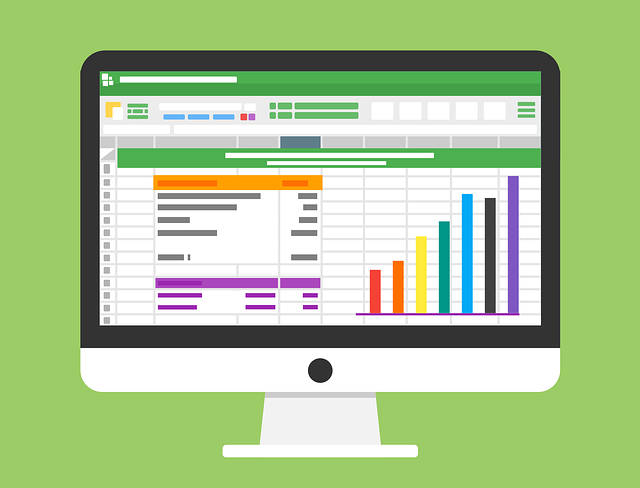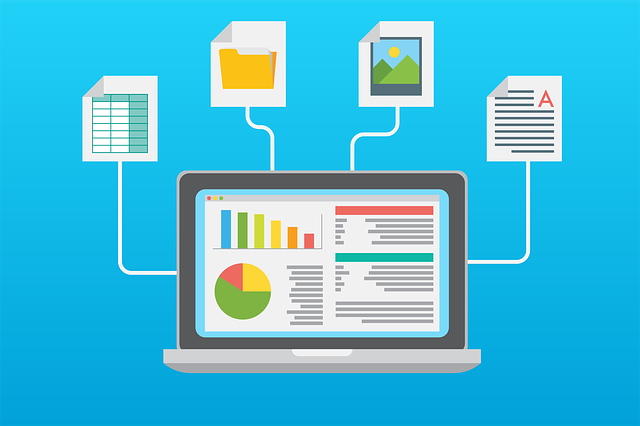Introduction
In today’s data-driven world, businesses are constantly seeking ways to gain a competitive edge. One effective approach is through the use of propensity modeling. But what is propensity modeling? In short, it is a powerful analytical technique that helps predict customer behavior.
Propensity modeling allows companies to tailor their marketing strategies, optimize resource allocation, and make data-informed decisions.
In this article, we will delve into the concept of propensity modeling, its benefits, and how it is applied in various industries. Additionally, we will explore the process of building and implementing a propensity model.
Here is the complete list of the content of this article:
A. Understanding Propensity Modeling
B. Benefits of Propensity Modeling
C. Building a Propensity Model
D. Implementing a Propensity Model
A. Understanding Propensity Modeling
Propensity modeling is a statistical technique used to predict the likelihood, or propensity, of a customer or prospect taking a specific action.
This action can vary depending on the business context, such as making a purchase, subscribing to a service, or responding to a marketing campaign.
By analyzing historical data and identifying patterns, propensity models assign a probability score to each individual, indicating their likelihood of exhibiting the desired behavior.
B. Benefits of Propensity Modeling
1) Enhanced Marketing Effectiveness
Propensity models enable marketers to identify the most receptive audience segments, allowing for more targeted and personalized campaigns. By focusing resources on individuals with a higher likelihood of conversion, businesses can optimize their marketing efforts and improve overall campaign performance.
2) Customer Retention and Churn Prediction
Propensity modeling can help identify customers at risk of churn, allowing proactive retention strategies to be implemented. By understanding the factors that contribute to churn, businesses can take preventive measures and implement tailored retention initiatives, ultimately reducing customer attrition rates.
3) Cross-Selling and Upselling Opportunities
Propensity modeling can uncover opportunities for cross-selling and upselling by identifying customers who are most likely to be interested in complementary products or higher-value offerings. This helps businesses maximize revenue by targeting their existing customer base with relevant and enticing offers.
4) Resource Allocation Optimization
With propensity modeling, businesses can allocate resources more efficiently by focusing on high-propensity individuals or segments. This allows for better utilization of marketing budgets, sales efforts, and operational resources, leading to improved return on investment (ROI) and cost savings.
C. Building a Propensity Model

Building a propensity model involves several key steps:
1) Define the Outcome Variable
Start by clearly defining the behavior you want to predict. For example, if you want to predict customer churn, the outcome variable would be a binary indicator (e.g., churned or not churned).
2) Gather Data
Collect relevant data from various sources such as customer transactions, website interactions, and marketing campaigns. Ensure the data is clean, comprehensive, and representative of the target population.
3) Feature Engineering
This step involves selecting and creating variables, also known as features, that are likely to have predictive power. Features can include customer demographics, purchase history, engagement metrics, and any other relevant information. Additionally, feature engineering may involve transforming variables, handling missing data, and creating derived variables. You can use 1st and 3rd Party data here.
1st Party Data
Information collected directly from customers, including personal, demographic, and behavioral data such as transaction history and website visits. As the brand, you own this data. However, a common challenge is establishing a unified identifier (customer ID) across all systems to consolidate it into a clean and comprehensive data source suitable for building a propensity model.
3rd Party Data:
Data obtained from external providers offers deeper insights into target audiences and enables more targeted advertising.
4) Model Selection
Choose an appropriate modeling technique based on the nature of the data and the problem at hand. Commonly used methods for propensity modeling include logistic regression, decision trees, random forests, gradient boosting algorithms, and more. Select the model that best suits your specific requirements.
5) Train and Validate the Model
Split the data into training and validation sets. Use the training set to train the model, adjusting model parameters to optimize performance. Once the model is trained, evaluate its performance using the validation set. Common evaluation metrics include accuracy, precision, recall, and area under the receiver operating characteristic (ROC) curve.
D. Implementing a Propensity Model
Once the propensity model has been built and validated, it can be implemented in a production environment. Here’s an overview of the implementation process:
1) Data Integration
Integrate the propensity model with your existing data infrastructure. This involves connecting the model to the data sources from which it will receive real-time or batch data for prediction.
2) Real-time or Batch Scoring
Depending on your business needs, you can implement real-time or batch scoring. Real-time scoring involves making predictions in real-time as new data becomes available, while batch scoring involves running predictions on a batch of data periodically.
3) Model Monitoring
Continuously monitor the performance of the propensity model in the production environment. Keep track of key metrics, such as prediction accuracy and the stability of model outputs over time. This allows for timely identification of any issues or changes in customer behavior.
4) Integration with Business Systems
Integrate the propensity model outputs with your business systems to drive decision-making. For example, use the propensity scores to customize marketing messages, prioritize leads, or trigger targeted offers.
5) Iterative Refinement
Propensity models can benefit from ongoing refinement and improvement. Regularly review model performance, gather feedback, and update the model as new data becomes available. This iterative process helps ensure that the model remains accurate and relevant over time.
Conclusion
Propensity modeling has emerged as a valuable tool for businesses across industries to predict customer behavior accurately. By leveraging historical data, statistical techniques, and machine learning algorithms, propensity models enable organizations to make data-driven decisions, optimize resource allocation, and enhance marketing effectiveness.
As businesses continue to harness the power of data analytics, propensity modeling will remain a crucial component of their strategic initiatives, enabling them to stay ahead in a highly competitive landscape.
Through careful building and effective implementation, propensity models empower businesses to better understand and cater to their customers’ needs.
I’ll cover how to utilize the data from a Propensity Modeling to build an Audience in my next blog post.
Looking to learn other tactics to increase ROI? Check out my article on Marketing Mixed Modeling.




Pingback: Propensity Targeting: A Comprehensive Guide
Pingback: What is Marketing Mix Modeling? Maximizing ROI through MMM
Pingback: Propensity Targeting: A Comprehensive Guide